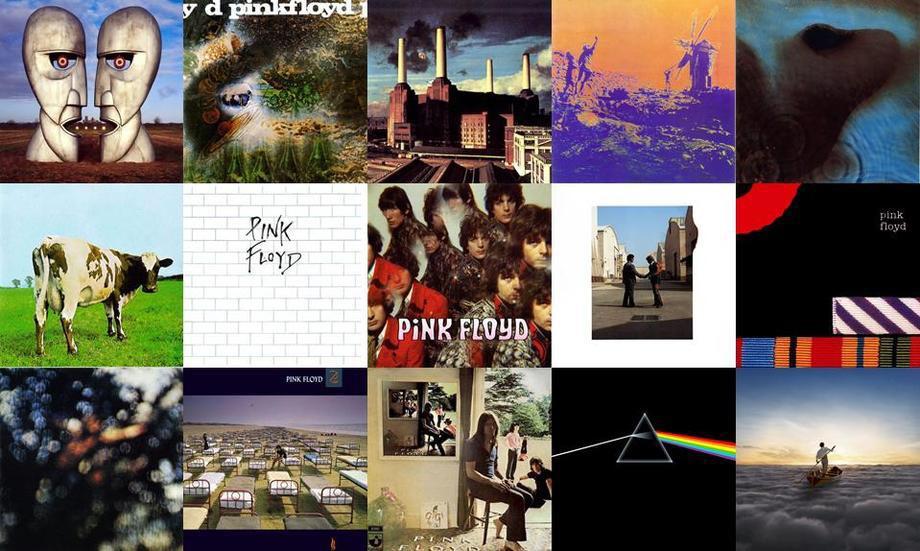After Snaggletooth the War-Pig made his debut on Motörhead’s self-titled debut album, the beast remained a staple on the majority of the band’s record sleeves.
Two years later, artist Joe Petagno gave Snaggletooth a kaleidoscopic makeover for the ‘Overkill’ sleeve.
Joe Petagno claims that the “Overkill” cover is a “disappointment,” even if Planet Rock fans adore it. He felt “rushed.”
“It should have been multi-layered,” he said. There was meant to be a sense that there was going to be more information and tidbits. Sort of, I did it on the ‘Inferno’ stuff. I exacted a little retribution on the Trinity. Sort of.”
Many fans refer to Peter Gabriel’s third self-titled solo album as “Melt” because the artwork depicts Gabriel’s left half of the face liquefying.

Using a Polaroid SX-70 instant camera, Storm Thorgerson of Hipgnosis claimed that Gabriel enjoyed the opportunity to disfigure his face in the picture.
“Peter himself joined with us at Hipgnosis in disfiguring himself by manipulating Polaroids as they developed,” remarked the late designer.
“Peter impressed us greatly with his ability to appear in an unflattering way, preferring the theatrical or artistic to the cosmetic.”
The iconic Eagles album “Hotel California,” released in 1976, is one of the best-selling records ever. It features a picture of the Beverley Hills Hotel in California. Photographer David Alexander stood atop a cherry picker, sixty feet above Sunset Boulevard, and took this classic picture.
American painter Burton Silverman painted the homeless man in watercolor. It was partially inspired by a picture of a man that Ian Anderson took on London’s Thames Embankment. A fixed fee of $1,500 was given to Silverman for the painting.
Fantasy artist Ken Kelly created the cover art for the album “Destroyer,” which shows Paul Stanley, Gene Simmons, Ace Frehley, and Peter Criss standing atop debris with a demolished skyline in the background. Later, Ken Kelly imitated the cover of Manowar’s “Fighting the World” album from 1987.
The artwork for the highly acclaimed fourth album ‘Demons and Wizards’ by Yes was created by Uriah Heep in collaboration with the renowned artist Roger Dean. The artwork, which depicts a wizard in a fantastical setting, is ideal for setting the mood for the album’s musical selections.
The artwork for Rush’s 1981 masterpiece “Moving Pictures,” which was created by longtime collaborator Hugh Syme, is a pretty precise translation of the album title. It’s a triple entendre: on the front, workers are seen moving images; on the reverse, emotional or moving scenes are shown by the paintings themselves; and on the rear, a film crew is filming the action. The sleeve was seen on camera in front of Toronto’s Queen’s Park Ontario Legislative Building.
